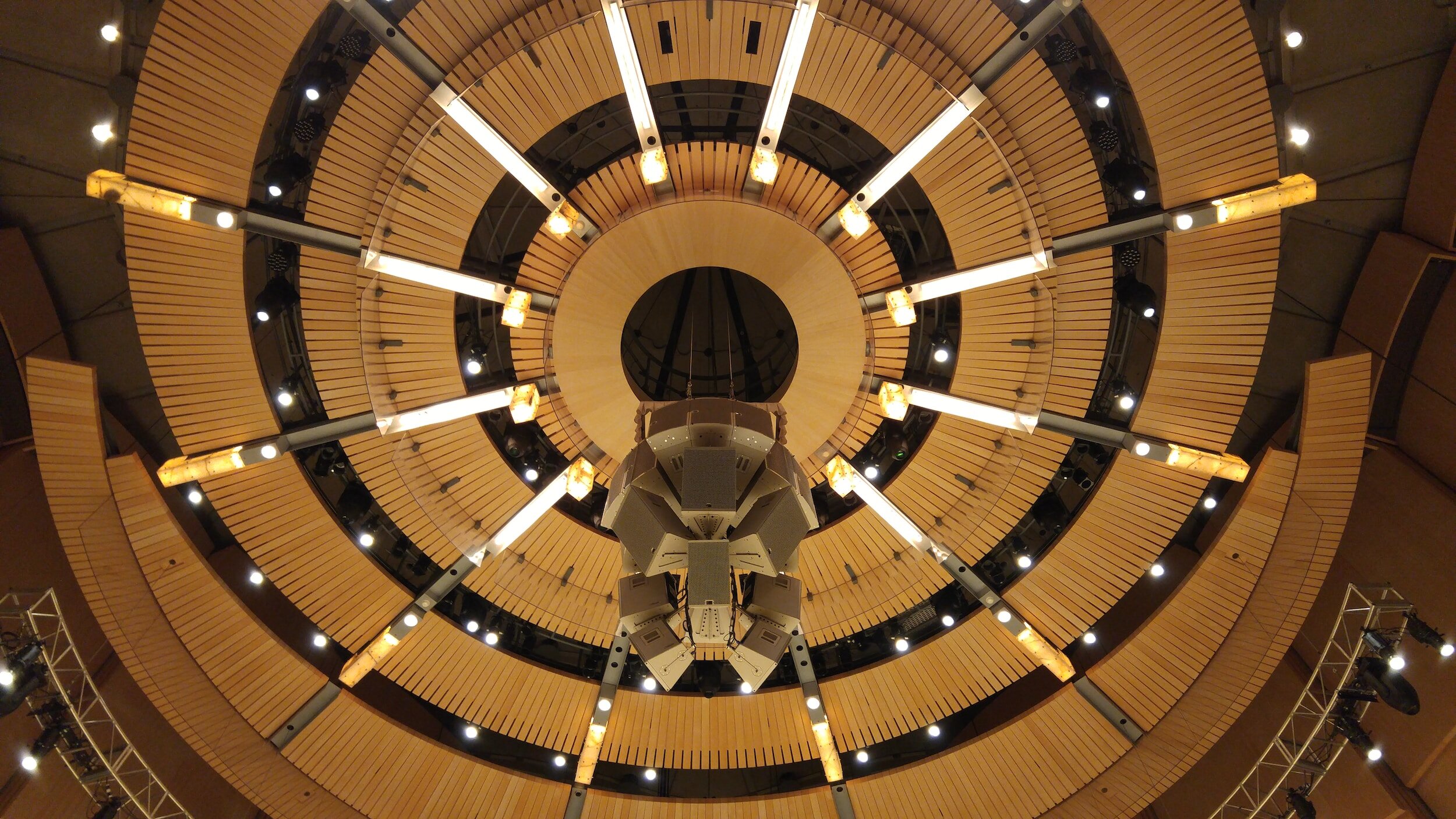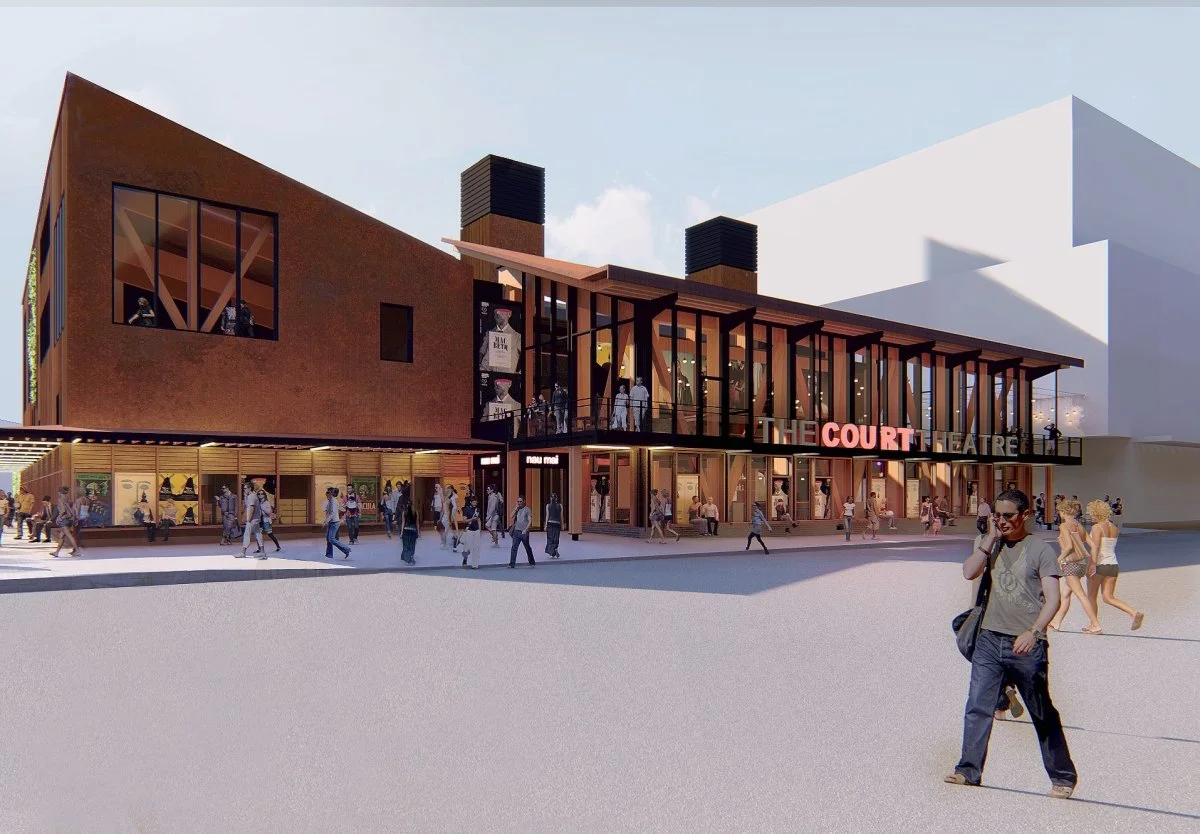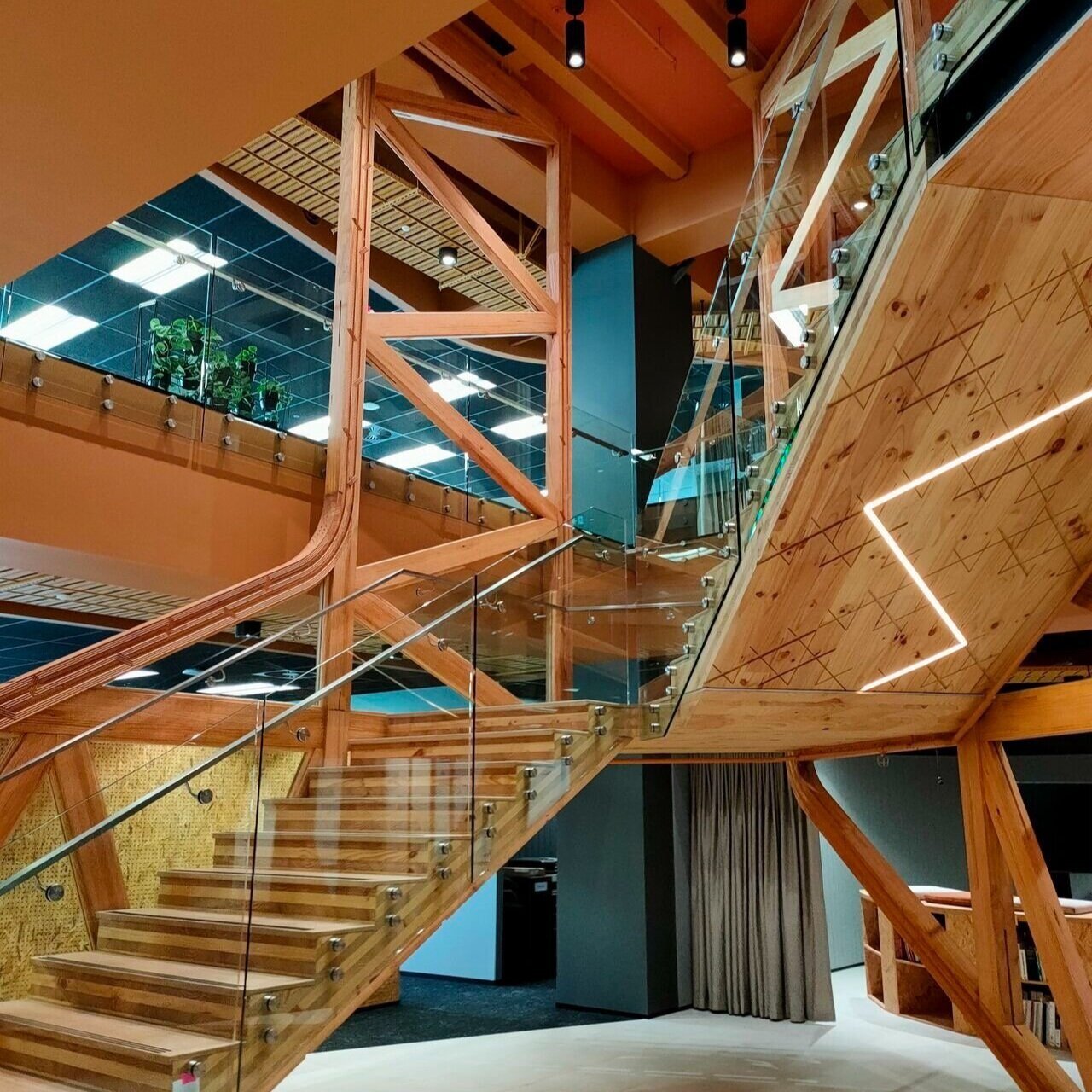what is mass timber?
Mass timber construction, also known as timber or wood-based construction, refers to the use of timber manufactured offsite with highly specialised machinery that uses glue to create very high strength panels, beams and columns that are not only strong but do not catch fire easily. This approach has gained significant attention in recent years due to its numerous benefits, particularly in commercial builds.
Mass Timber involves several commonly used terminologies to describe different types of engineered wood products and construction techniques. Here are some key terms used in NZ:
Cross-Laminated Timber (CLT): A solid engineered wood panel typically consisting of three to seven layers of lumber, with each layer's grain direction running perpendicular to the adjacent layers. CLT is used for walls, floors, and roofs.
Laminated Veneer Lumber (LVL): Made from thin layers of wood veneers glued together, LVL offers high strength and dimensional stability. It's commonly used for beams, headers, and other structural components.
Glue-Laminated Timber (Glulam): A type of structural engineered wood composed of multiple layers of dimensioned lumber bonded together with durable adhesive. Glulam is often used for beams, columns, and arches.
What are the key advantages of using mass timber construction?
Sustainability
Design Flexibility
Reduced Carbon Emissions
Lighter Weight
Enhanced Acoustic Properties
Faster Construction
Fire Resistance
Health and Wellbeing
Renovation and Adaptability
Improved Thermal Performance
-
Mass timber is a renewable resource, as wood can be sustainably harvested and managed. Using timber as a construction material reduces reliance on non-renewable resources such as steel and concrete, which have higher carbon footprints. Additionally, wood products store carbon dioxide, helping to mitigate climate change.
-
Mass timber construction has a lower carbon footprint compared to traditional building materials. The production of timber products requires less energy and generates fewer greenhouse gas emissions. By choosing mass timber, commercial builds can contribute to a more sustainable and low-carbon future.
-
Mass timber components are prefabricated off-site, allowing for faster and more efficient construction. This results in reduced project timelines, minimising disruption to surrounding areas and decreasing labour costs. Additionally, the precision of prefabricated timber elements leads to shorter construction periods.
-
Mass timber construction allows for easier renovations and modifications compared to traditional materials. Timber elements can be disassembled and reused, providing opportunities for adaptive reuse and reducing waste during future renovations.
-
Mass timber offers Architects and designers immense flexibility in terms of building aesthetics and configurations. It can be used to create visually appealing structures with exposed wood finishes, promoting a warm and inviting atmosphere. The versatility of mass timber enables the creation of innovative and unique designs.
-
Mass timber is significantly lighter than materials like steel and concrete. This characteristic reduces the load on the foundation and allows for the use of lighter construction equipment. It also facilitates the construction of taller buildings in areas with soil constraints.
-
Although it may seem counterintuitive, mass timber construction can exhibit excellent fire resistance. Timber has a natural ability to char on the surface, forming an insulating layer that protects the inner layers from fire damage. This makes it a safe and reliable choice for commercial buildings.
-
Wood has natural insulating properties, providing better thermal performance compared to materials like steel and concrete. Mass timber construction helps create a more energy-efficient building envelope, reducing heating and cooling costs over the building's lifespan.
-
Wood possesses excellent acoustic qualities, absorbing and dampening sound effectively. Mass timber construction can help create a quieter indoor environment, which is particularly desirable in commercial settings such as offices, hotels, and restaurants.
-
Numerous studies have shown that exposure to natural elements, such as wood, has positive psychological and physiological effects on occupants. Incorporating mass timber in commercial builds can contribute to a healthier and more comfortable indoor environment, promoting well-being and productivity.
SUSTAINABLE CONSTRUCTION SOLUTIONS
VIEW OUR LATEST MASS TIMBER PROJECTS
RECENT MASS TIMBER CASE STUDIES





















